Publishers justify $13-$15 e-book prices for Apple iPad
This week, The New York Times provided a breakdown on the economics of producing a book from the publisher's perspective. It noted that while printing costs go away when a book is reproduced in an electronic format, a number of expenses remain, including royalties and marketing.
The report said that while the average hardcover bestseller is $26, the cost to print, store and ship the book is just $3.25. That cost also includes unsold copies returned to the publisher by booksellers.
Publishers get roughly half — $13 — of the selling price of a book. But after factoring in payments to the author and the cost of cover design and copy editing, only about $4.05 is left. And, the report noted, that doesn't even include overhead such as office space and electricity.
Under Apple's agreement with publishers for the iBookstore, the hardware maker will keep 30 percent of each book sale, leaving $9.09 for the publisher on a typical $12.99 e-book.
"Out of that gross revenue, the publisher pays about 50 cents to convert the text to a digital file, typeset it in digital form and copy-edit it," the report said. "Marketing is about 78 cents."
Author's royalty can range from $2.27 to $3.25 on an e-book, leaving the publisher with between $4.56 and $4.54, before paying overhead costs. For comparison, under Amazon's $9.99 e-book model, publishers would take in between $3.51 and $4.26 before overhead.
"At a glance, it appears the e-book is more profitable," the report said. "But publishers point out that e-books still represent a small sliver of total sales, from 3 to 5 percent. If e-book sales start to replace some hardcover sales, the publishers say, they will still have many of the fixed costs associated with print editions, like warehouse space, but they will be spread among fewer print copies."
Publishers are also wary of making e-books too cheap for fear of killing off booksellers like Barnes & Noble.
Apple will serve books for the iPad through its iBookstore, due to be a part of the iBooks application for iPad. The software features a 3D virtual bookshelf displaying a user's personal collection, and allows the purchase of new content from major publishers. Like the Kindle, it will offer content from the New York Times Bestsellers list.
The introduction of the iPad has driven publishers to force Amazon into higher prices for new hardcover bestsellers. While books are currently priced at $9.99 on the Kindle, that is expected to rise to between $12.99 and $14.99 by the time the iPad launches later this month.
The charge was led by Macmillan, which was followed soon after by Hachette Book Group and HarperCollins in renegotiating with Amazon.
Last week it was revealed that Amazon frantically phoned publishers as Apple co-founder Steve Jobs gave his keynote introducing the iPad in July.
While publishers had their way and Amazon reluctantly agreed to higher prices, not every bestseller will carry the new, higher premium price. It has been said that while higher prices are an option for publishers, and most new titles will be between $12.99 and $14.99, publishers can also choose to lower prices on select titles.
 Katie Marsal
Katie Marsal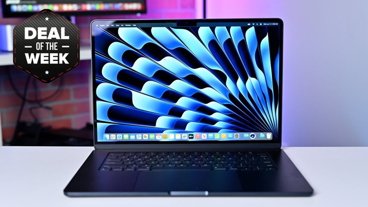


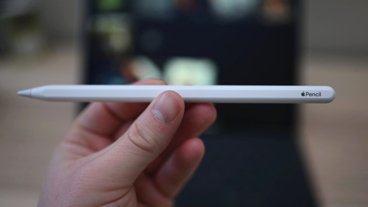









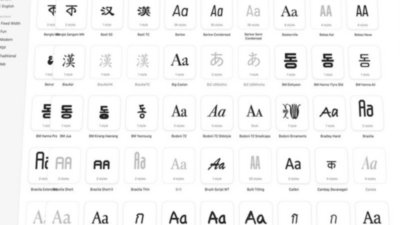
 David Schloss
David Schloss
 Andrew Orr
Andrew Orr
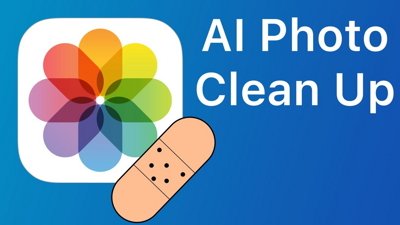
 Marko Zivkovic
Marko Zivkovic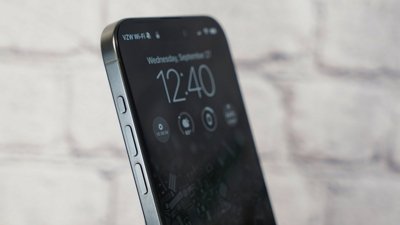
 Wesley Hilliard
Wesley Hilliard
 Andrew O'Hara
Andrew O'Hara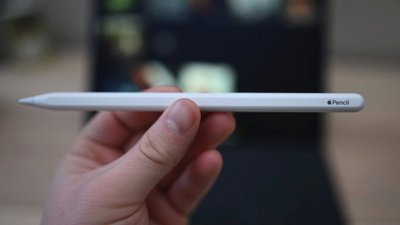
 William Gallagher
William Gallagher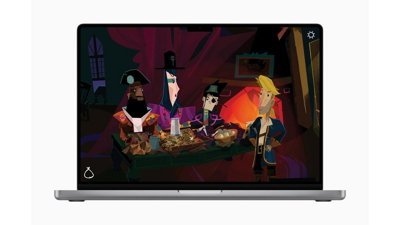
 Amber Neely
Amber Neely







209 Comments
Well written summary that should quiet people, but won't.
The way I figure it, it costs the publishers half the cost of a traditional paper book for a e-book on the iBookStore with Apple taking their 30% cut.
Apple and the publishers can go ahead and charge $13-$14 a e-book, however if they included a rental price of half that amount, they would see tremendous amount of activity and Apple's iPad sales would skyrocket.
With Apple's custom A4 processor and possible (unknown at this time) processor based DRM schemes to enforce the copy protection of rentals, it shouldn't be a problem.
It might very well be rentals will be a option, as the iPad is lacking on storage capacity and people tend to read books and then hardly touch them again except for reference.
If my book rental predictions are realized, it would explain why Amazon was jammed up to raise their e-book prices so quickly after the iPad announcement. (to adjust the pricing levels)
Rentals of e-books would be a tremendous profit potential as it's in the reach of more people at a lower price point than buying would be. Most people who are considering the iPad as a e-reader will be put off by it's $499 price tag, unless they knew they could get rent their books cheaper than buying it at $9 on a Kindle like they were used too.
Also with traditional books, publishers don't realize a profit from all the trickle down readers, so renting would be a solution to take those e-books out of circulation once read by the original purchaser.
It's can be assumed that Amazon is now working on a book rental scheme with a Kindle with color screens in order to compete with Apple's iPad.
I would be buying Apple shares right about now just in case, because if rentals are permitted, it's going to rock this world. If it's not announced and the iBookStore is just a fancy e-reader for the niche riche types who can afford to drop $13-$14 left and right to read books, then breaking even isn't a bad option either.
After the introduction of the iPad gave publishers leverage to raise e-book prices on the Amazon Kindle, a new report states that consumers have "unrealistic expectations" about how low e-book prices should be.
Interesting! I recall similar arguments being put forward by the music industry. Fact is that there is very little overhead for the publisher who is being given access to a new technology (not just by Apple) and he still gets to sell his existing paper product.
Do the publishers really believe that we would pay $13 - $15 for an e-book when we can have the physical product for the same/similar money? Unless the pricing is right then this may squash interest in the iPad.
Well written summary that should quiet people, but won't.
It won't because it's BS.
Using the figures the publishers themselves quoted, they make $13.67 profit on a $26.00 ebook. The same $26.00 paper book gets them something like $4.00 profit. So they are making four times the profit per ebook.
It won't because it's BS.
Using the figures the publishers themselves quoted, they make $13.67 profit on a $26.00 ebook. The same $26.00 paper book gets them something like $4.00 profit. So they are making four times the profit per ebook.
That's why they only intend to charge $12-$14 for the ebook, not $26. Where is the BS here?